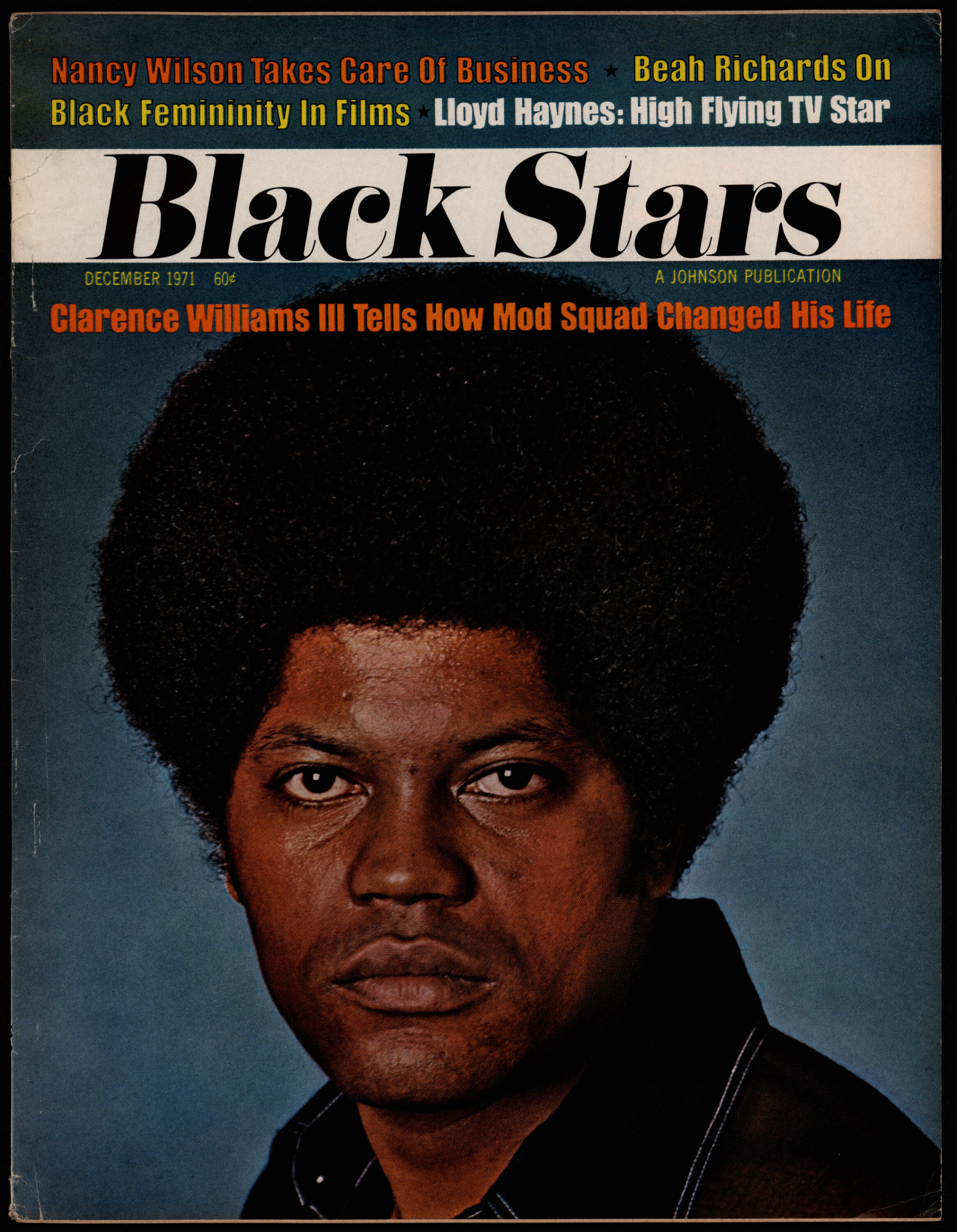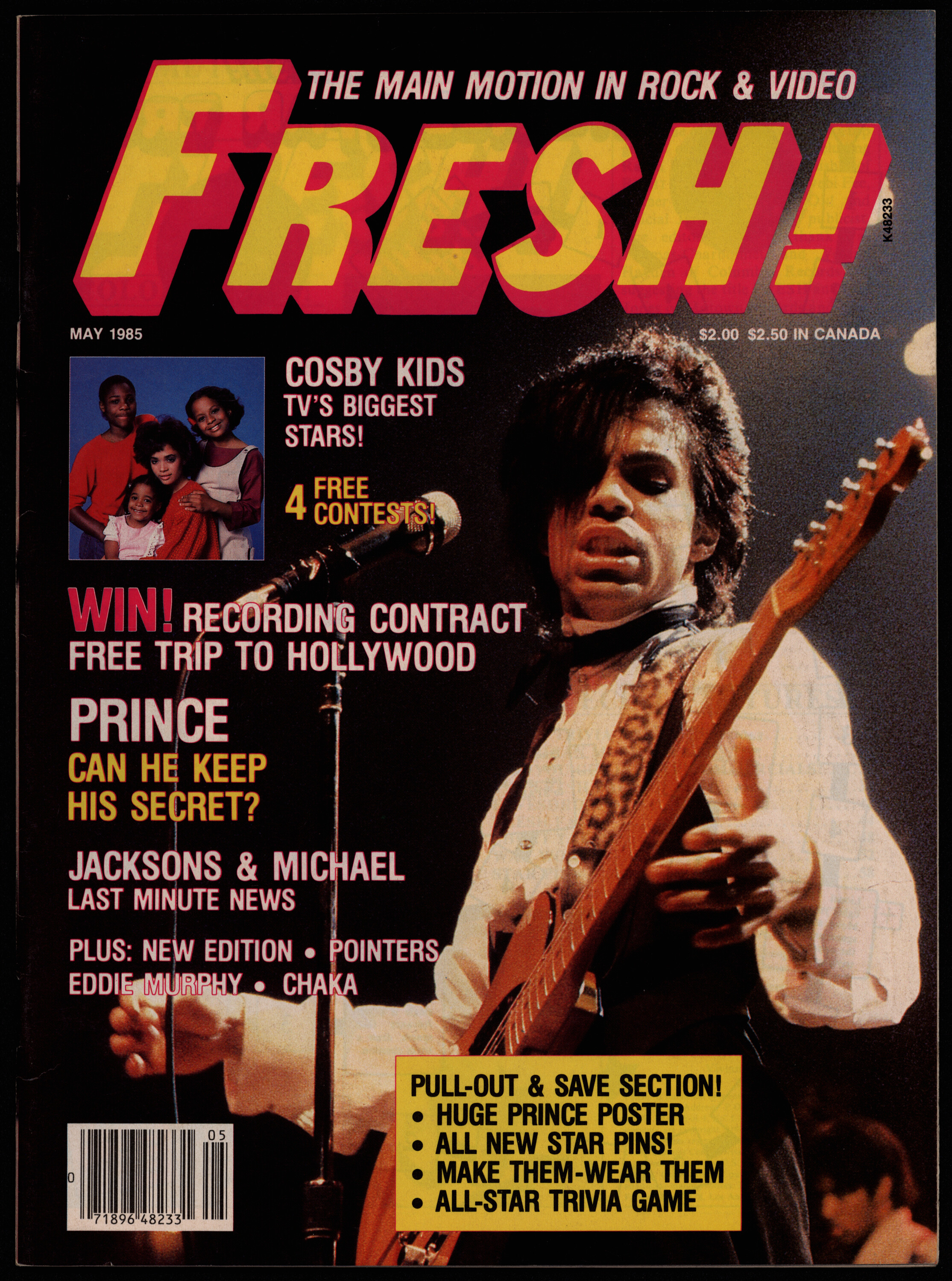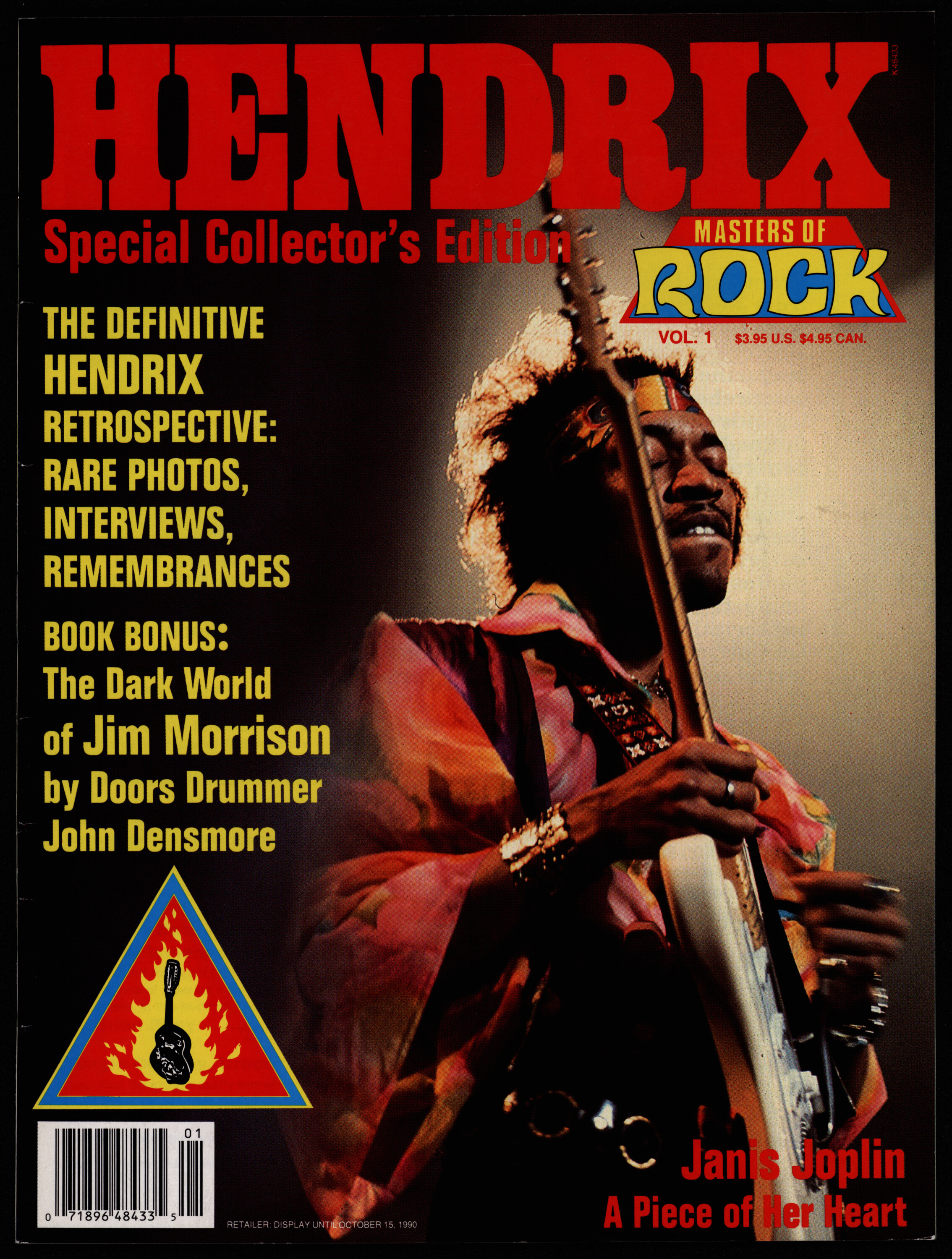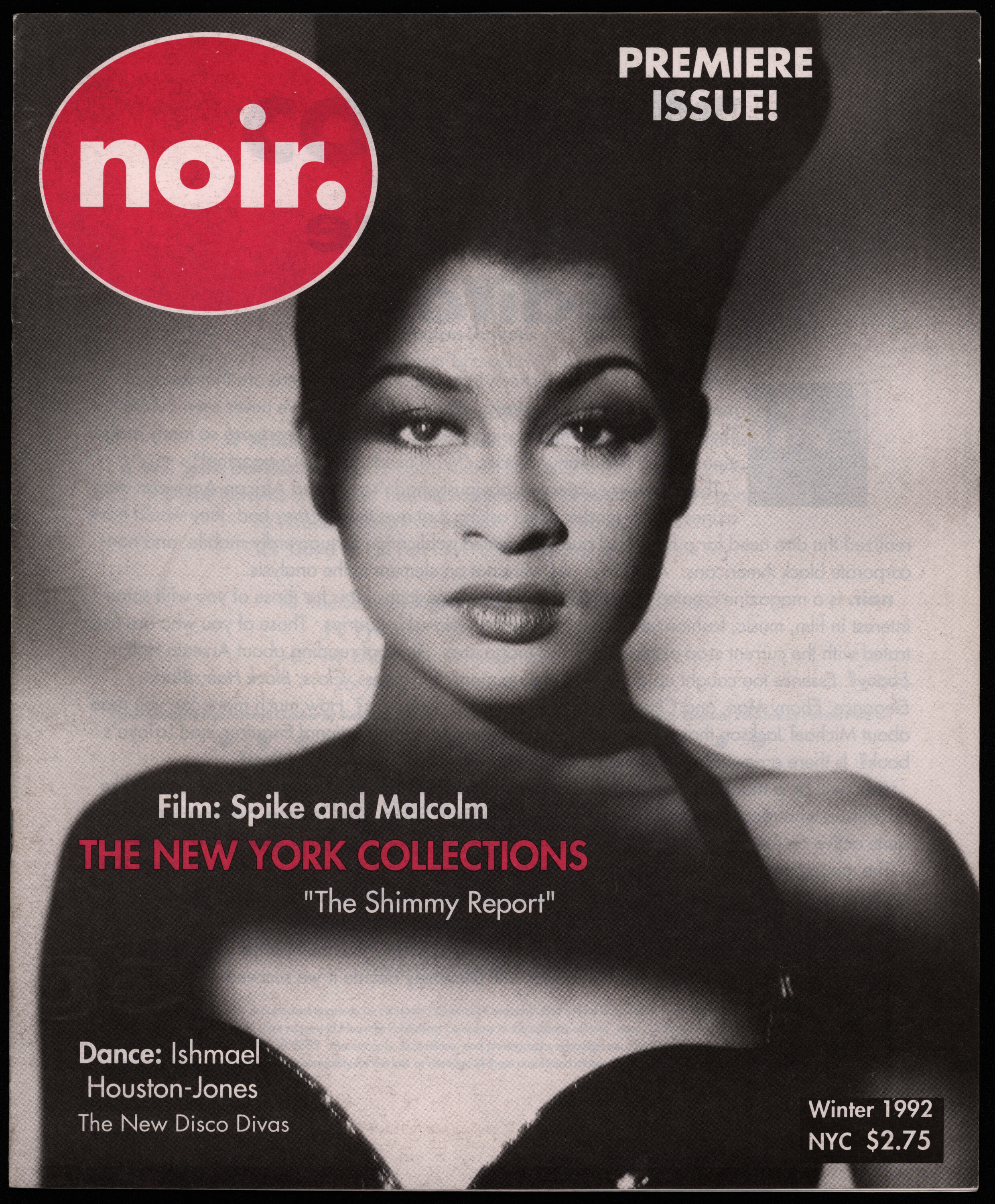Life in America: Sixteen Black Magazines from 1953 to 1998
Celebrities and Music Magazines
Although Black actors, musicians, and artists had performed professionally in the United States since at least the nineteenth century, the focus of magazines had historically been white performers. Black art was often imitated by white artists, especially in musical genres like rhythm & blues, jazz, or gospel, but Black performers were rarely featured heavily on magazines. This began to change once Black-owned magazines arrived, which often focused on Black performers, and as Black music became more common on the radio. Music in particular often features in magazines as a form of Black identity, with a particular focus on iconic figures like Prince or Michael Jackson, perhaps because there were more Black superstars in music than in cinema.
Included in this gallery are four magazines dealing with Black celebrity. First, the television and film celebrity magazine Black Stars, which was heir to the 1950s magazine Tan Confessions, two music-centric magazines that were implicitly (if not explicitly) aimed at Black audiences, and one magazine intended to boost the profiles of unknown artists.
Black Stars Vol. 1, No. 2 (1971)
In 1971, Black Stars took the place of Tan (formerly Tan Confessions), a magazine that the Johnson Publishing Company had been producing since 1950. Founded by John Harold Johnson, the Johnson Publishing Company started with a magazine called Negro Digest and gradually built an empire by publishing Black-centric magazines on a variety of topics until it was the largest Black-owned publishing company in the world. Johnson’s magazines, except for Ebony and Jet, were not always successful — and he was always prepared to close down a magazine that wasn’t pulling its own weight — but he was also always willing to try new ways to expand his company’s offerings. Black Stars focused exclusively on Black celebrities’ lives and careers.
This first issue of the magazine features articles on Aretha Franklin, Lloyd Haynes, Clarence Williams III, Beah Richards, and Nancy Williams. It also includes articles on jazz festivals and several advertisements for wigs.
Black Stars ran until 1981, at which point the Johnson Publishing Company closed the magazine in response to flagging sales and a general economic downturn.
Fresh! Vol. 1, No. 1 (1985)
Fresh! was a magazine dedicated to music and television, possibly influenced by the rise of MTV and similar media outlets. As with many magazines (especially those that, like Fresh!, did not register for an ISSN), it is difficult to determine just how long the magazine lasted, but it was still being published in March 1994, when they swapped out the subtitle “The Main Motion in Rock & Video” in favor of “Celebrating Our 10th Year!” The magazine is mainly in black and white, though it also includes full-page color photos on thicker paper stock that could be removed and hung on the wall. (Although the magazine refers to these as “pinups,” they are not sexual in nature, instead depicting musicians playing their instruments or actors in simple poses.)
This first issue of the magazine features articles on Prince, the Jackson brothers (who had just completed their Victory tour and were now splitting off for different projects), and the Pointer Sisters. It additionally includes pieces on Lisa Bonet and Malcolm-Jamal Warner, both of whom were then acting on The Cosby Show. Beyond this, the magazine includes general media news and gossip, as well as a personal advice column and advice on getting into television ads.
Masters of Rock Vol. 1, No. 1 (1990)
Masters of Rock was a short-lived magazine with each issue being dedicated to a different band. John Lennon, Jim Morrison, and Led Zeppelin were the focus of issues 2, 3, and 4 respectively, but Jimi Hendrix was the first musician chosen. The editors emphasized him as “an icon, a paradigm for the psychedelic ’60s and the then-growing counterculture.” The issue focuses on Hendrix’s legacy and influence on other musicians. While not a Black-owned or Black-centric magazine per se, the choice of Jimi Hendrix as the topic of the first magazine is striking. The magazine features articles and interviews with people who knew and worked with Hendrix to provide a broader impression of his life and art.
The format was not sustainable in the long run, so New Morning Productions, the magazine’s publisher would eventually try out other options: issue 7 was dedicated to “the Psychadelic ’60s” and issue 9 once again featured Hendrix, this time alongside Jim Morrison and Janis Joplin. I have not been able to locate a tenth issue.
noir. Vol. 1, No. 1 (1992)
In its first Letter from the Editor, noir. cast itself as a “publication for upwardly-mobile and non-corporate black Americans,” a magazine for Black people interested in film, fashion, art, and theater, but frustrated by other Black magazines. With the exception of a discussion of the up-and-coming director Spike Lee, who was working on his upcoming Malcolm X, the magazine focuses on figures who were not famous just yet (though presumably might have the potential to become so eventually).
This first issue of the magazine intersperses articles about contemporary cinema and art (called “Spectator”) with pieces on specific artists (called “Stars”). It additionally adds a few stand-alone articles that don’t seem to fit under either category, which cover topics like nightlife and fashion.
At the time of this writing, I have been unable to trace any other issues of the magazine. A startling number of magazines do not survive to see a second issue.



